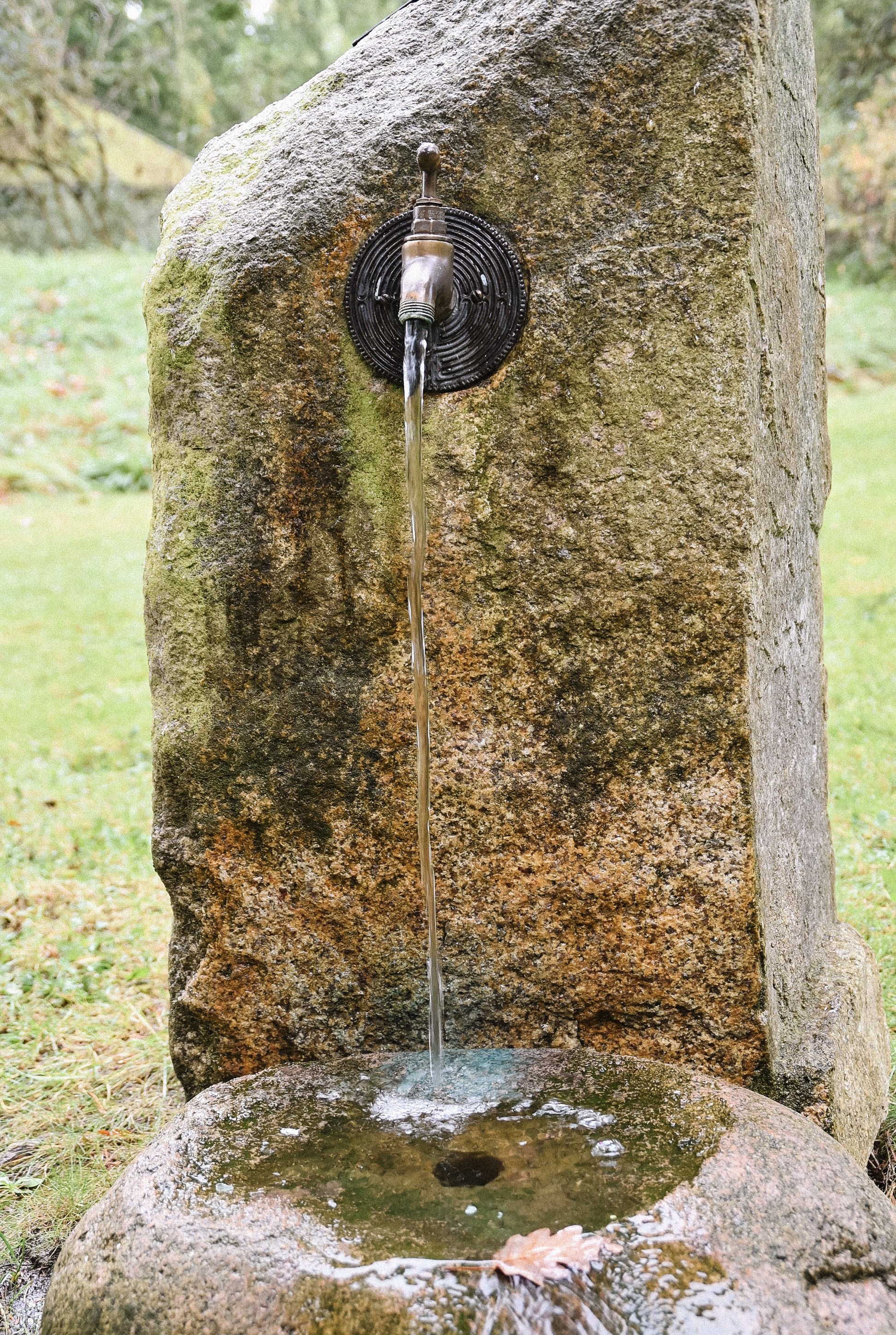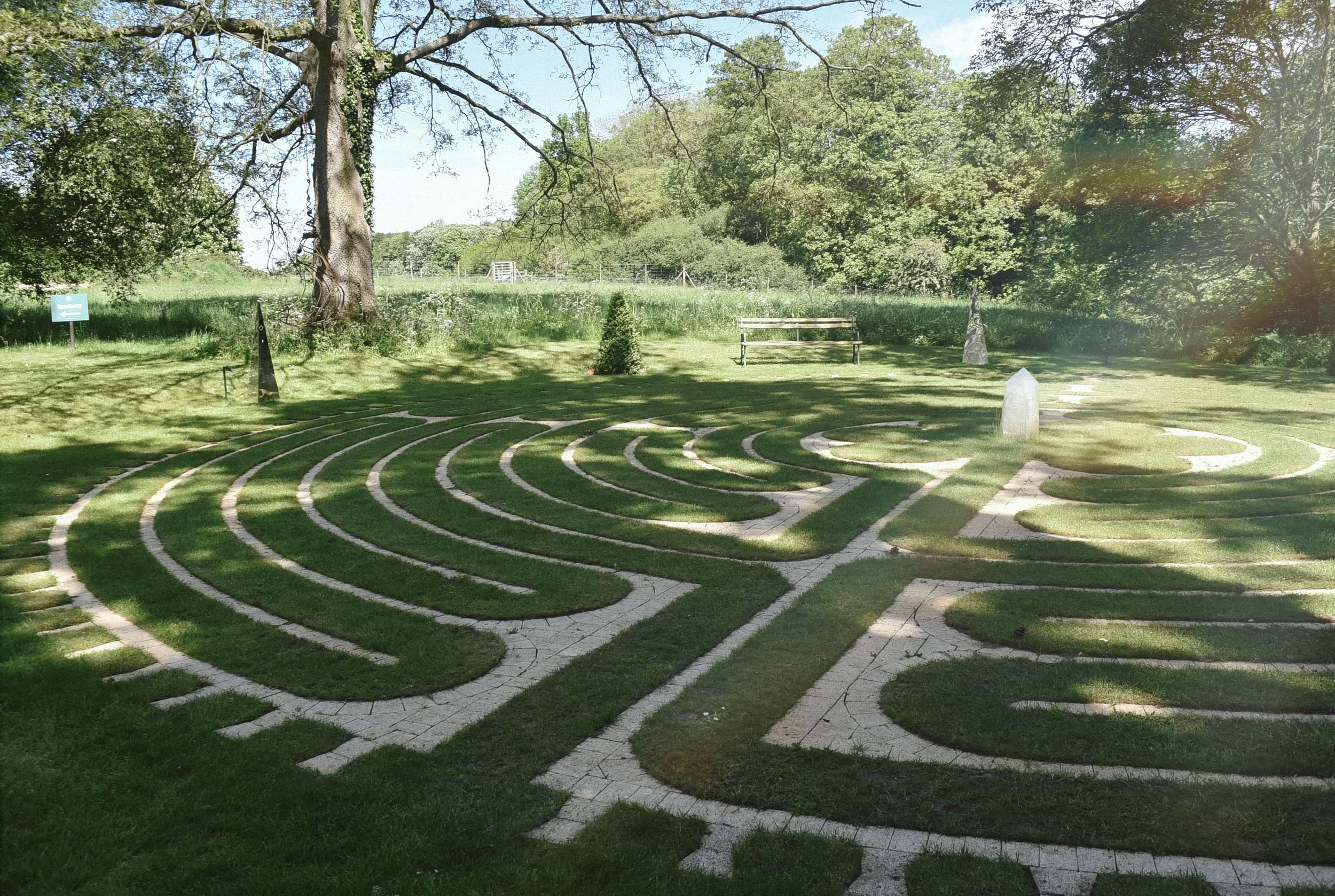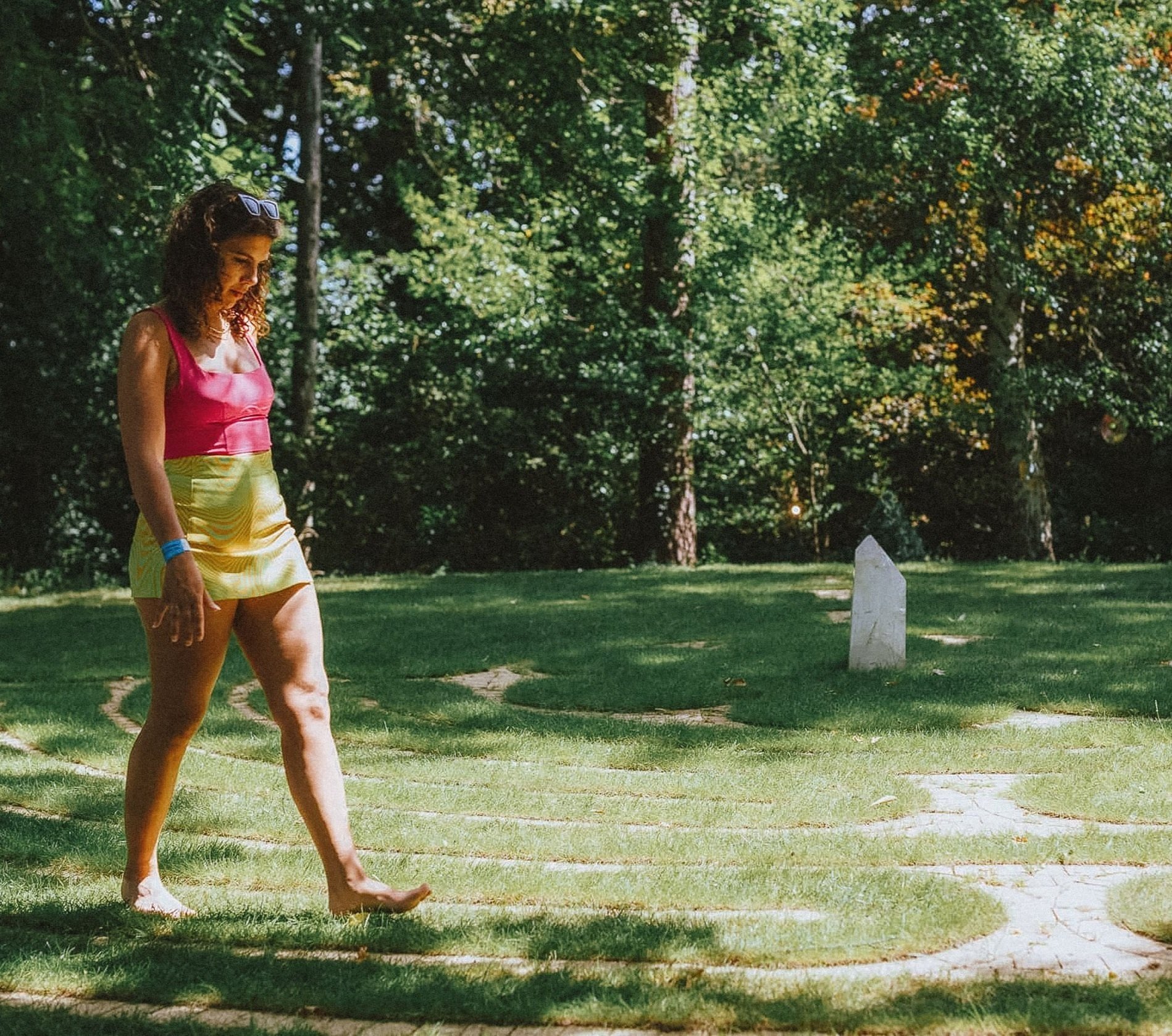Tofte’s History
The first mention of Tofte Manor lies in the Doomsday book in 1086.
The land was originally gifted by the Crown to Sir William Tofte, a Knights Templar, in the 12th Century.
The village of Sharnbrook was known as a Templar settlement and relics of this still appear in the names of the Streets such as ‘Templars Way’. Through the centuries, Tofte Manor passed into the hands of the Newham Priory and afterwards to the families of Boteler, Cornish and Gambier families who built a succession of houses on the original site. In 1876 it was purchased by Charles Magniac then owner of the neighbouring Colworth House estate.
The oldest part of the house as it stands today, goes back to the 17th century.
A plaque dated 1613 sits above the central doorway ‘Except the Lord build the house, their labour is lost that build it’. This inscription was copied onto the London house of the famous artist James McNeill Whistler who frequently visited the Manor as a guest and friend of the incumbent Lewis Jarvis whom he had met at the Slade College.








